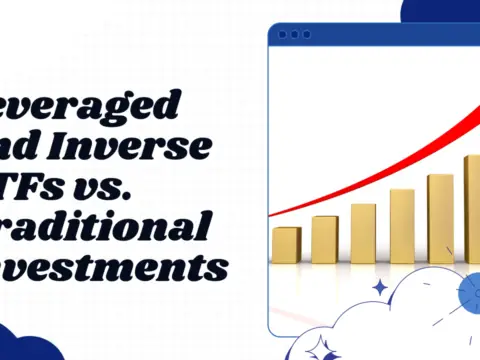Exchange-Traded Funds (ETFs) have become a popular investment vehicle, offering investors exposure to a diversified portfolio of assets. One crucial metric that investors should be familiar with when evaluating ETF performance is tracking error. Tracking error measures the extent to which an ETF’s returns differ from the returns of its underlying benchmark index. Here’s a comprehensive overview of tracking error in ETFs:
1. Definition of Tracking Error:
- Definition: Tracking error is the standard deviation of the difference between the returns of an ETF and its benchmark index. It quantifies the consistency and accuracy with which an ETF reproduces the performance of its underlying index.
2. Sources of Tracking Error:
- Sampling Methodology: Many ETFs use a sampling methodology, where they hold a representative sample of securities from the benchmark index rather than every security. This can lead to tracking error.
- Fees and Expenses: The management fees and operational expenses associated with running an ETF can contribute to tracking error, particularly if they are higher than expected.
- Market Impact: The ETF’s buying and selling of securities to replicate the index can affect prices, causing deviations in performance from the benchmark.
- Rebalancing Timing: Differences in the timing of rebalancing between the ETF and the index can result in tracking error, especially in fast-moving markets.
3. Calculation of Tracking Error:
- Standard Deviation: Tracking error is calculated as the standard deviation of the differences between the daily returns of the ETF and its benchmark index over a specific period. A higher tracking error indicates greater divergence from the index.
4. Importance for Investors:
- Performance Evaluation: Tracking error is a crucial metric for investors assessing how well an ETF mirrors its benchmark index. Lower tracking error generally implies better performance alignment.
- Risk Assessment: Investors use tracking error as a measure of risk. Higher tracking error suggests that the ETF’s performance is more unpredictable and could deviate significantly from the expected benchmark returns.
5. Tracking Difference vs. Tracking Error:
- Tracking Difference: While tracking error measures the consistency of returns, tracking difference is the average difference in percentage terms between the ETF’s returns and the benchmark’s returns over time. Both metrics provide insights into an ETF’s performance.
6. Mitigating Tracking Error:
- Optimization Techniques: ETF managers use optimization techniques to minimize tracking error, selecting a subset of securities that closely mimics the index.
- Transparent Communication: ETF providers should transparently communicate their tracking methodology, enabling investors to understand and assess potential tracking error.
Conclusion: Understanding tracking error is essential for investors seeking to assess the performance and consistency of ETFs. While some level of tracking error is inevitable, investors should consider this metric alongside other factors such as fees, liquidity, and tracking difference when making investment decisions. A well-informed evaluation of tracking error contributes to a more comprehensive understanding of an ETF’s risk and return profile.




